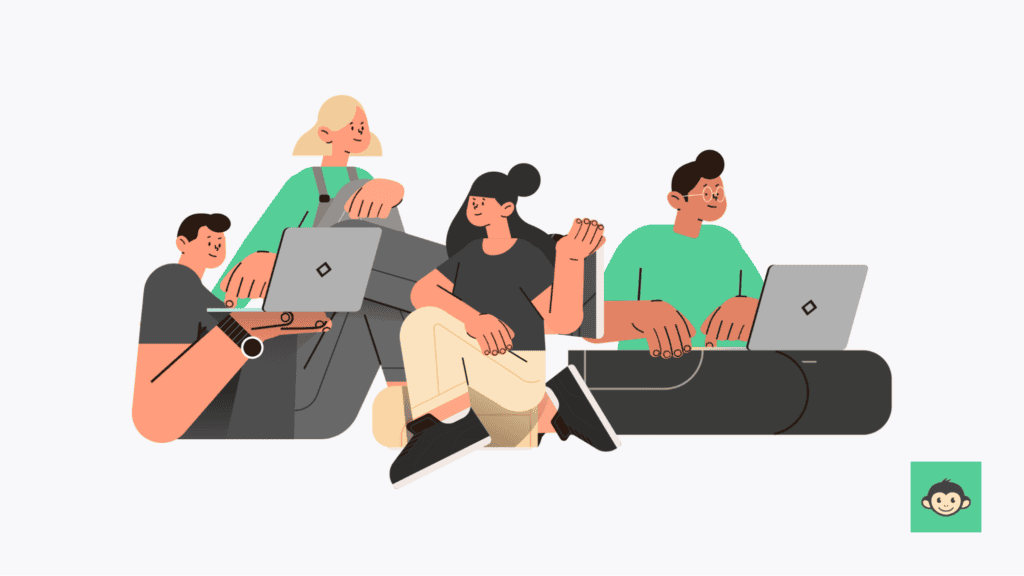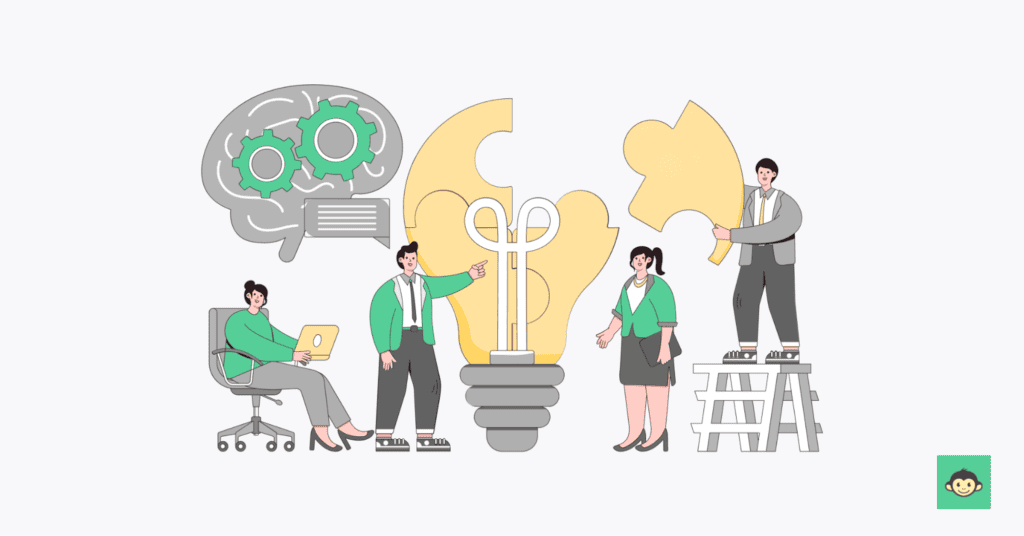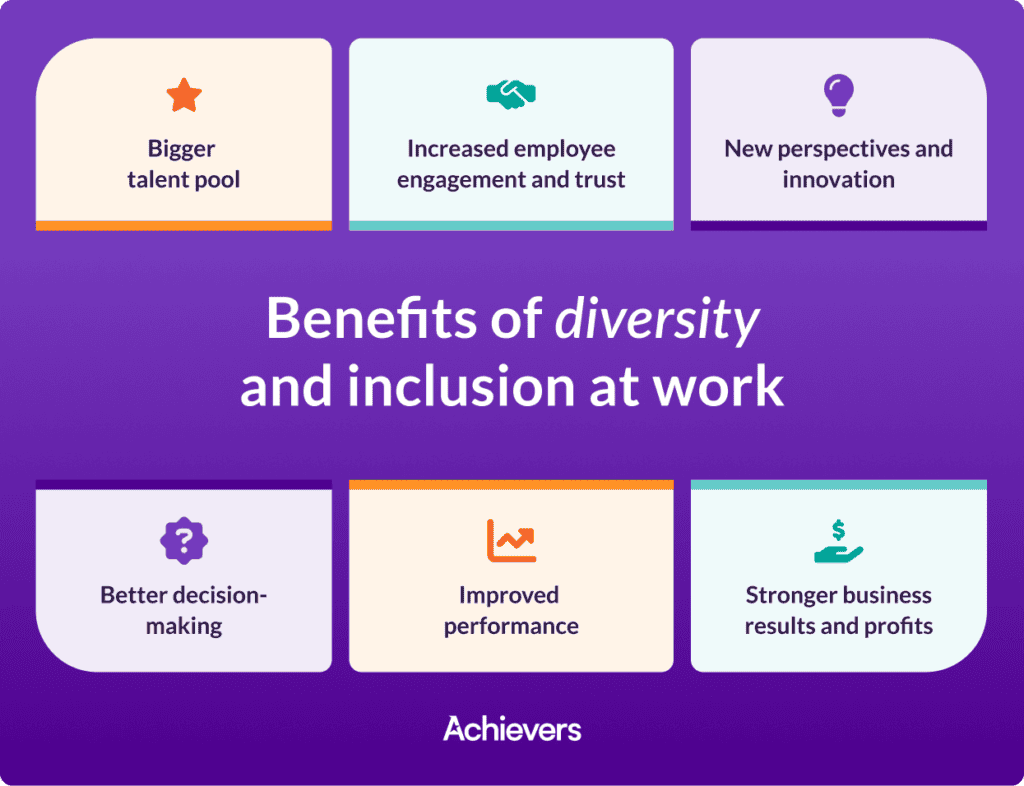
As awareness grows around the diversity of human experiences, the significance of neurodiversity in the workplace has gained increasing recognition. Neurodivergent individuals—those with conditions like autism, ADHD, dyslexia, and other neurological variations—bring unique perspectives that can enhance team dynamics and innovation. They are also known to be exceptional in their fields of interest, thus adding value to the team through their contributions.
However, to fully leverage the potential of neurodiverse individuals, organisations must ensure their environments are accessible and inclusive, making a NeuroAccessibility audit an essential step in this process. This audit assesses how inclusive an organisation's working environment is, identifying barriers and recommending changes to enhance accessibility. Neurodiverse accessibility involves creating spaces that accommodate various cognitive and sensory needs, ensuring individuals with conditions such as autism, ADHD, or dyslexia can navigate and thrive within the environment. This includes considering sensory stimuli, lighting, noise levels, and overall layout. While some neurodiverse individuals may not face physical accessibility barriers, they often encounter sensory barriers, such as overwhelming noise or distracting visual stimuli, which can hinder their ability to function effectively. Addressing these sensory challenges is crucial for fostering a truly inclusive environment.
This article outlines five compelling reasons why workplaces should invest in such audits before hiring from the neurodivergent community.
One of the primary benefits of a NeuroAccessibility audit is its capacity to identify and eliminate barriers that neurodivergent individuals may encounter. These barriers can be physical, sensory, or cultural, impacting how individuals interact with their work environment.

An inclusive culture values diversity, making all employees feel valued and supported. Research shows that inclusive workplaces lead to higher employee satisfaction, which translates into improved retention rates and morale. Studies suggest that employees who feel included are more likely to be engaged and productive, as inclusive environments foster collaboration and respect among all team members. By creating spaces that accommodate neurodivergent needs, organisations can enhance the overall workplace culture, benefitting everyone, not just neurodivergent individuals.
Understanding the unique needs of neurodivergent employees can lead to adjustments in workflows and processes that significantly enhance productivity. For example, allowing for flexible workspaces, quiet areas, and sensory-friendly environments can help reduce distractions that neurodivergent individuals often face. Conducting a NeuroAccessibility audit can positively impact those with undiagnosed or hidden disabilities as well, by identifying and addressing barriers that may otherwise go unnoticed. Moreover, fostering an inclusive environment through such audits can enhance the overall work culture of an organisation, promoting collaboration, innovation, and well-being for all employees.

Studies indicate that such adjustments not only benefit neurodivergent employees but can enhance the productivity of the entire team. When workplaces accommodate neurodivergent individuals, teams experience higher efficiency and creativity.
Furthermore, an environment that minimises sensory overload allows all employees to work more effectively, thereby improving overall organisational performance. Making the work environment sensory-friendly has universal applications.
Neurodivergent individuals often bring diverse perspectives and unique problem-solving skills, which can significantly enhance creativity within teams. By ensuring that the workplace is accessible, employers can harness this potential, leading to innovative solutions.
Research suggests that neurodiversity can lead to increased creativity. A study published in The Journal of Applied Psychology found that diverse teams outperform homogenous teams, particularly in problem-solving scenarios. By creating a sensory-friendly environment, organisations can encourage neurodivergent individuals to express their ideas freely, contributing to a dynamic and innovative workplace culture.

This creativity is not only beneficial for product development and marketing but can also enhance team collaboration and morale. When employees feel comfortable sharing unique insights, it fosters an atmosphere of open communication and collaboration.
Conducting a NeuroAccessibility audit allows employers to develop tailored recruitment strategies that attract neurodivergent candidates. Understanding how to communicate job requirements clearly and effectively is crucial in this process.Organisations that demonstrate a commitment to accessibility are more likely to attract a broader talent pool, giving them a competitive advantage in the job market. Companies that prioritise inclusivity can expect to see a significant increase in the number of qualified applicants.

By refining recruitment to be more inclusive, organisations not only attract neurodivergent talent but also gain insights that can enhance the overall recruitment strategy, making it more effective in the long run.
Many countries have laws mandating workplace accommodations for individuals with disabilities, including those who are neurodivergent. A NeuroAccessibility audit helps ensure compliance with these regulations, safeguarding organisations against potential legal issues.Beyond legal obligations, there is a moral imperative to create a fair and supportive environment for all employees. This commitment to social responsibility can enhance a company's reputation and strengthen its brand. In an increasingly competitive working environment, demonstrating a commitment to accessibility can also attract consumers who value ethical business practices.

By addressing NeuroAccessibility proactively, organisations not only fulfil legal requirements but also demonstrate leadership in corporate responsibility.
Conducting a NeuroAccessibility audit is not merely a compliance measure; it is a strategic investment in the future of the workplace. By creating a more inclusive environment for neurodivergent individuals, organisations can tap into a wealth of diverse perspectives and talents, fostering innovation and enhancing overall performance.
As businesses strive to position themselves as leaders in diversity and inclusion, the implementation of NeuroAccessibility audits will play a crucial role in shaping a supportive and thriving workplace culture. Ultimately, the benefits extend far beyond neurodivergent individuals, positively impacting all employees and the organisation as a whole.